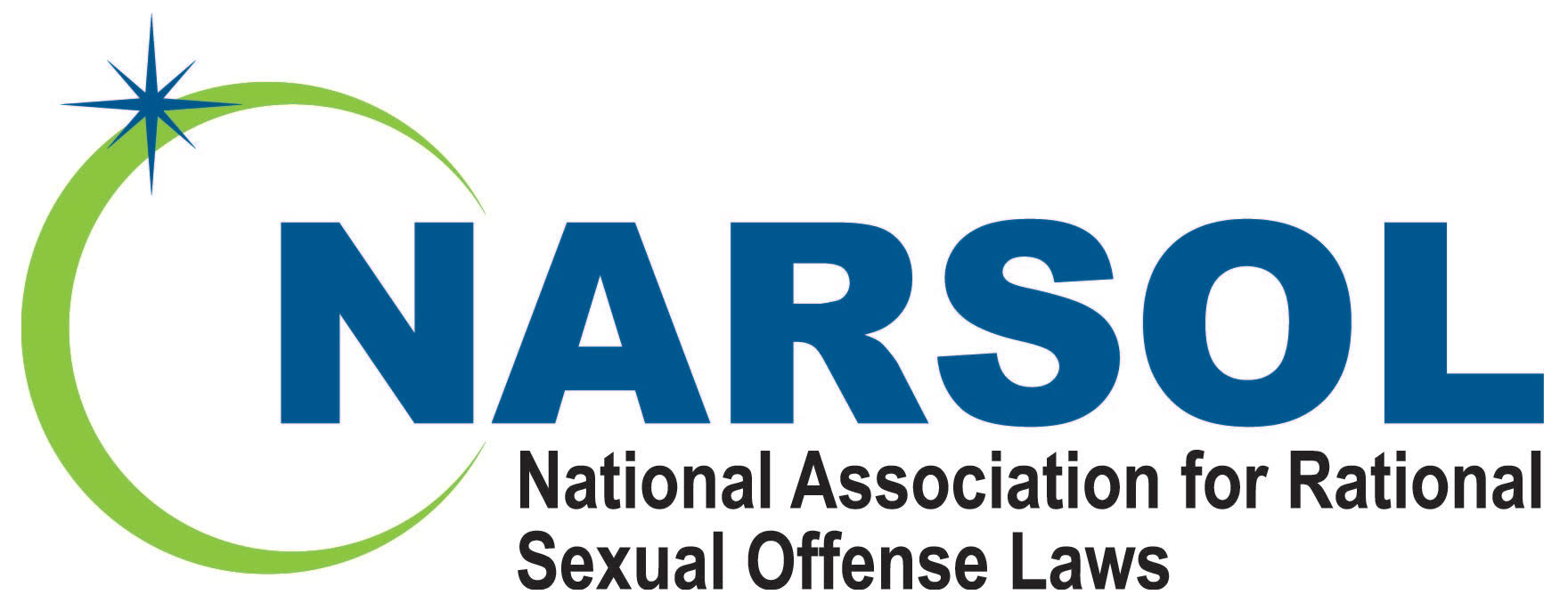Sex offenders on Halloween are like zebras at church
edited 11/12
By Sandy . . . In 1996 the North Carolina General Assembly created the public sex offender registry and established the crimes, the requirements, and the consequences pursuant to it.
2005 is the first year that I am able to verify law enforcement action involving special requirements for those on the registry at Halloween.
A piece from Gaston County, NC, in 2011 speaks of registrants under supervision being ordered to spend three hours at the courthouse on Halloween evening for the sixth year.
Why did this action occur?
Had there, between 1996 and 2005, been a rash of sexual reoffenses committed by persons on the registry in connection with Halloween activities in Gaston County or anywhere in the state of North Carolina?
No, there had not.
Had there, between 1996 and 2005, been a rash of sexual reoffenses committed by persons on the registry in connection with Halloween activities in any state? No, there had not. Had there been even one, in any state?
It is unclear how many other counties in North Carolina were joining in this initiative to protect its children from a threat that did not exist. It is obvious that many other states were joining in, beginning around the same time or a little later.
Neighboring South Carolina reports 2015 as being the tenth year that supervised registrants in Charleston County were under a mandated curfew with no lights-no candy-no parties orders. The piece concludes with a probation agent saying, ” ‘We’ve been doing it for ten long years and we’ve been very, very successful.’ ” Assuming he is measuring success by the fact that all children remained unmolested by registrants on Halloween, he neglects to point out that they were just as successful from 1996 through 2004 while they were doing nothing.
The media was a little slow to catch up. Articles responding to a “North Carolina+law enforcement+sex offender+Halloween” search were sparse approaching 2012 or 2013, and then they jumped exponentially. This jibes with a bit of informal research I did in 2014 about the proliferation of “sex offender/Halloween hysteria” media pieces in all of the states with these results:
2000 0 articles
2001 1 article, written by someone denouncing the rumors of children’s deaths by poison in treats; he calls it Halloween sadism; sex offenders are not mentioned, but I found it interesting.
2002 0
2003 3; California, Louisiana, and a third I was unable to determine announced their creation of laws restricting the activities of registrants on Halloween.
2004 1
2005 11; Megan’s Law was mentioned in two of the entries
2006 8
2007 15
2008 60 My guess is that SORNA was becoming a motivating factor.
2009 23
2010 40
2011 66
2012 100
2013 117
2014 177
Halloween sex offender hysteria is now in full court press in North Carolina. Patch includes parts of the state with their red-dot maps. Somewhere along the way it got a cute little name: Operation Scarecrow, taking its place with California’s “Operation Boo,” Georgia’s “Watchful Eye,” Louisiana’s “Boo Dat,” and several others more pragmatically and simply named “Operation Halloween.”
In spite of the calls for reason and policies based on fact, — and thankfully they too increase yearly — the hysteria continues.
For those familiar with the concepts of microcosm and macrocosm, North Carolina is the microcosm. There are somewhere around fifteen states that do absolutely nothing in regard to Halloween and sex offenders – and they too have a record of zero children harmed by registrants during activities – but except for them, the rest of the nation is the macrocosm. I picked North Carolina to do a deep dive partially because it is one of the states where a child was injured or killed in a traffic accident while trick or treating and where law enforcement in that county was focusing on registrants in regards to safety rather than traffic, the one risk to children that is significantly higher on Halloween evening than any other evening of the year.
The laws affecting those on sexual offense registries at Halloween are among, if not THE, most poorly conceived laws in existence. We could, with as much evidentiary support for need, construct laws that forbid zebras from attending Sunday night church services or require everyone entering an antique store to wear one blue sock and one brown one.
One that we would heartily endorse, however, is one requiring that every law passed be accompanied with empirical evidence that it is needed.
